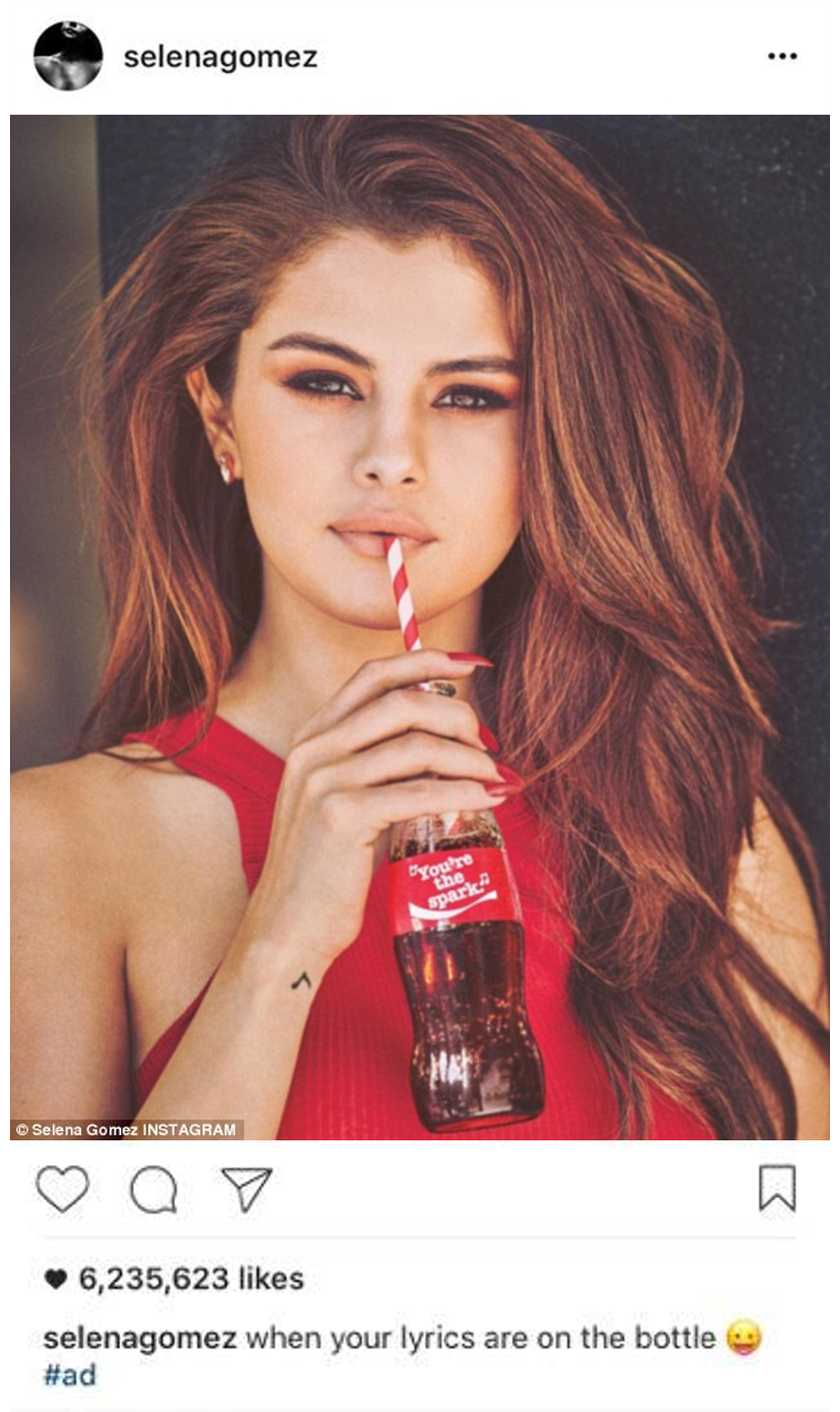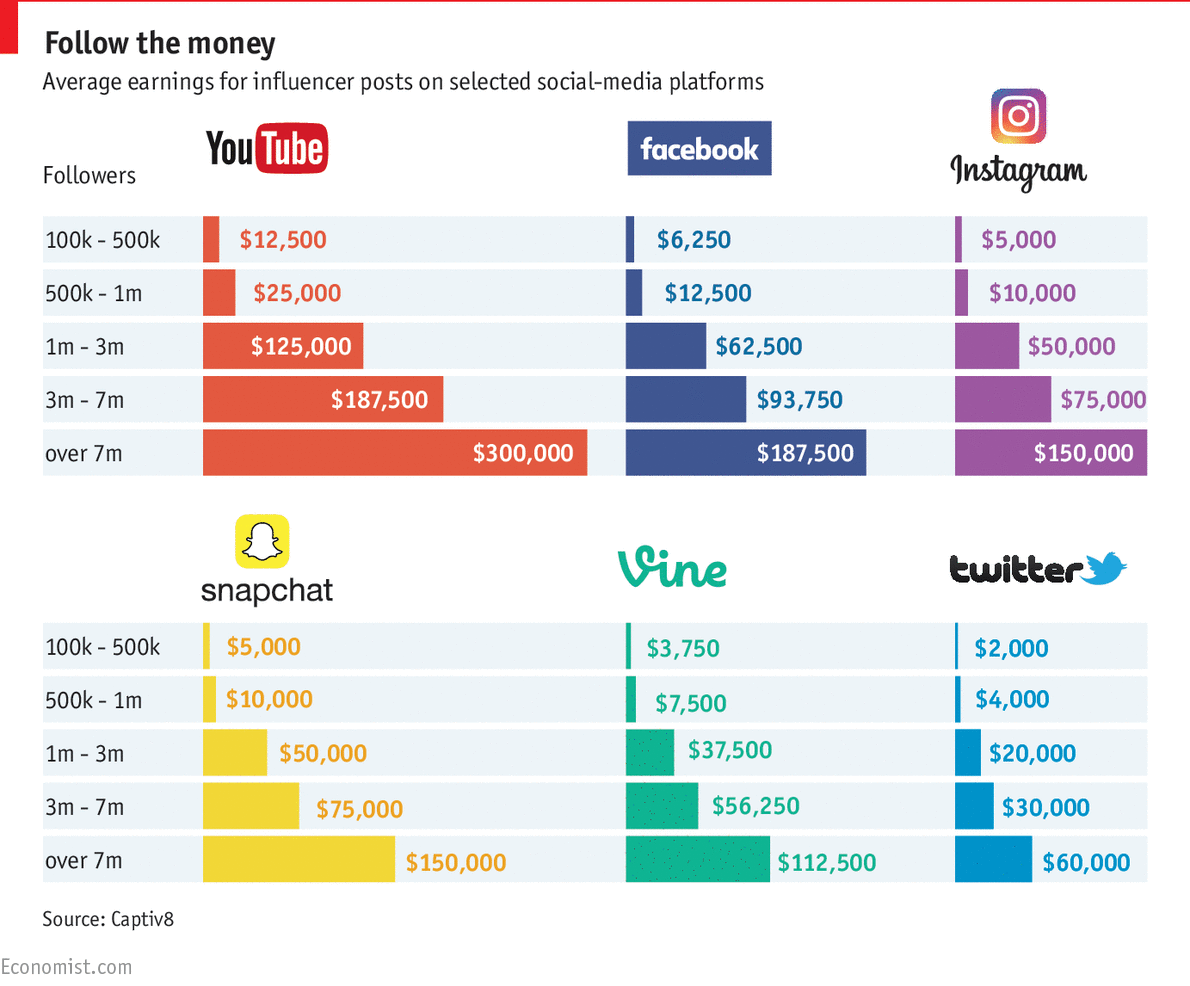
How and Why the Sponsorship Hunter is Changing in an Evolving Marketplace
19th July, 2018
Since the dawn of the sponsorship marketplace, rights holders have always been perceived as the “hunter” in the industry: having to approach brands directly for sponsorship in order to boost commercial revenue streams and maintain their position as a viable business.
Recent trends, however, indicate this could well be changing. As rights holders continue to innovate, develop and provide brands with high ROI and clear opportunities to achieve their corporate objectives, brands are waking up and becoming increasingly interested in what these platforms can do for them. It could very well be a case of the hunter becoming the hunted.
Sponsorship is fast becoming the most effective form of marketing. When executed correctly, it allows brands to genuinely engage and truly connect with their desired audiences – resulting in a host of short- and long-term positive outcomes for both themselves and the rights holders.
But what is the driving force behind these increasingly popular partnerships?
The importance of ROI in sponsorship
Broadly speaking, the most crucial consideration for a brand when deciding whether or not to partner with a platform or rights holder is simply the deal’s ROI. Therefore, rights holders must be able to prove to potential sponsors that they can generate or exceed a satisfactory ROI in order to have any chance of finalising a deal. Failure to do this will leave the rights holders with next to no chance of securing sponsorship.
So it is vital for rights holders to understand that in order to successfully attract brand partners, they must appreciate a “one size fits all” approach just isn’t good enough. Instead, rights holders must ensure they align their assets appropriately with their targeted brand’s ambitions.
For example, let’s imagine Brand X has an objective of increasing positive brand association across a mass audience. Understandably this will require a multi-faceted approach, particularly when compared to Brand Y – who simply wish to create specific B2B opportunities. Rights holders looking for sponsorship would never be able to give the same pitch or offer identical assets to both and expect success.
To create effective customer relations, rights holders must be able to offer the assets which will enable brands to truly engage with their audience. This means providing opportunities for brands to positively rebrand their image through relevant assets – such as social media channels and key influencers – and create sustainable long-lasting relationships.
What makes sponsorship opportunities so valuable?
The real value in sponsorship lies in how it provides brands with the potential to have a positive impact on all areas of its business. Examples of this could include on-site brand activations which generate increased sales; community engagement with leaves audiences and employees feeling worthwhile; or even social media takeovers which boost follower numbers.
These huge potential benefits put rights holders in a very strong position: owning unrivalled opportunities for brands looking to tap into a cost-effective alternative to traditional marketing which actually delivers results and ROI.
Key takeaway
As the industry moves forward, we are fast progressing to a stage where brands proactively realise the value of sponsorship when executed properly around their unique requirements. As rights holders move to master their propositions, we may soon see brands begin pitching to rights holders for access to their audience.
However, for this sponsorship pendulum to swing, rights holders must continue to invest in developing their own pitches to make them fit for purpose in the modern market. Achieve this, and the hunter could very well soon become the hunted.


